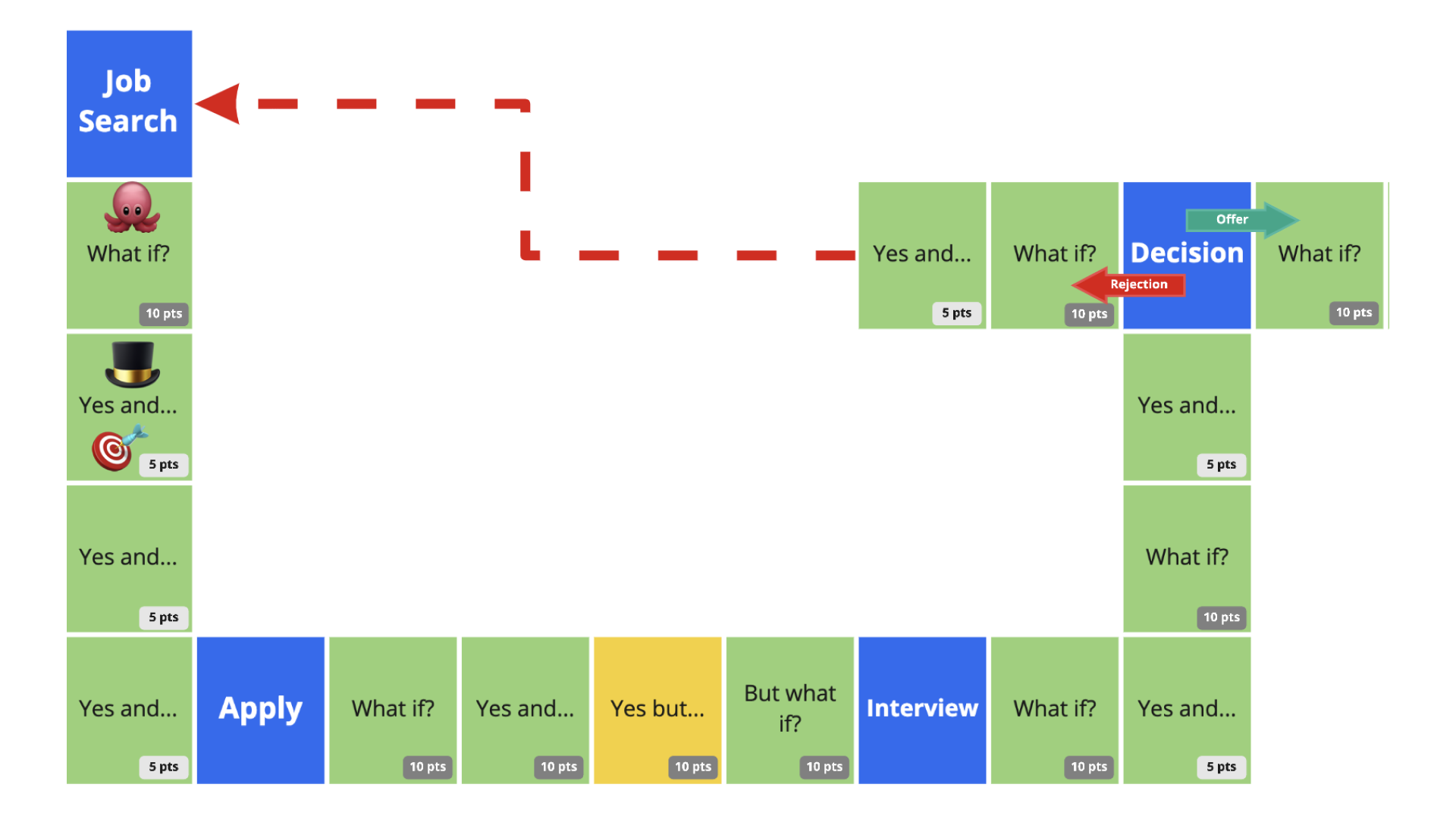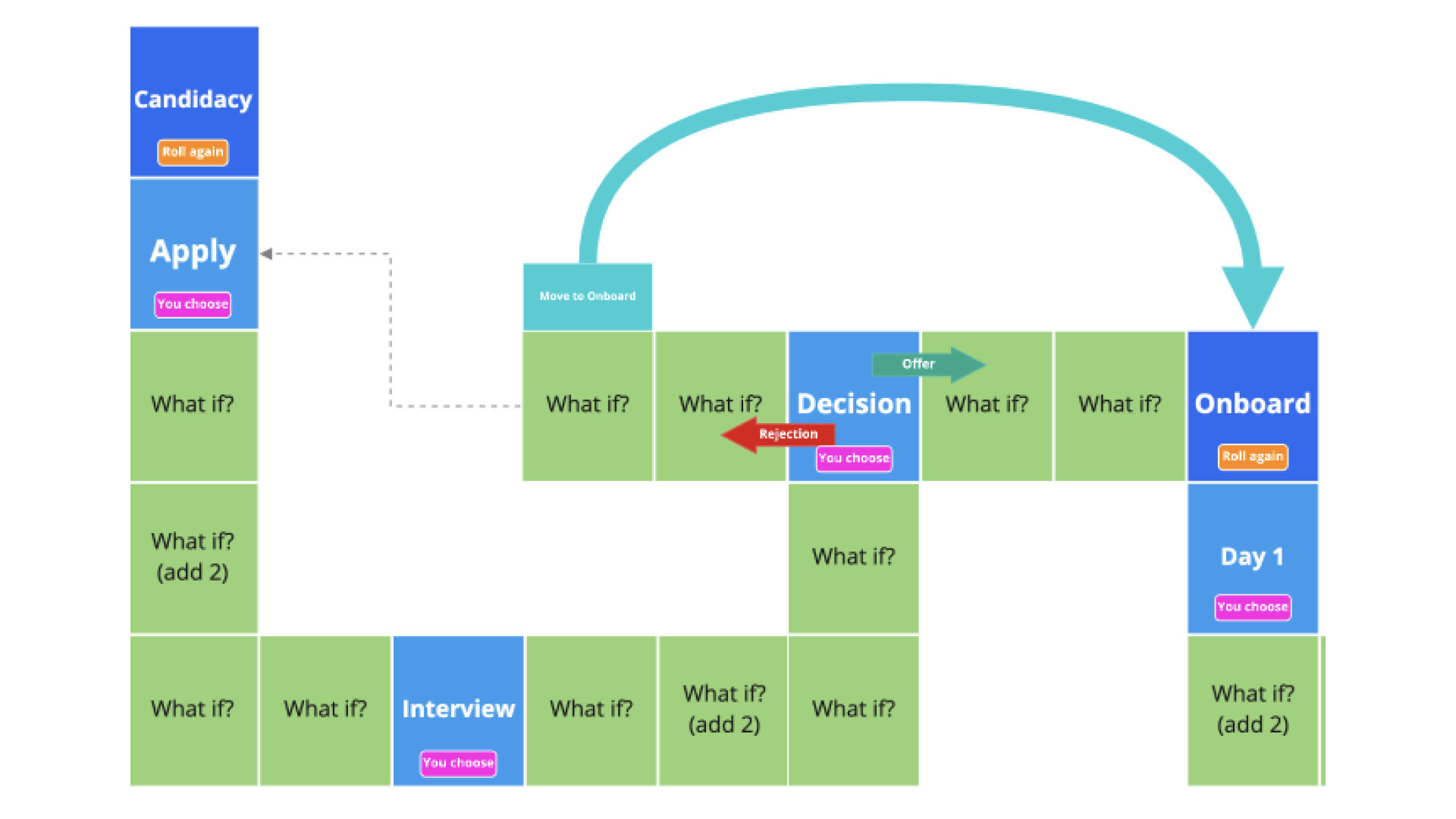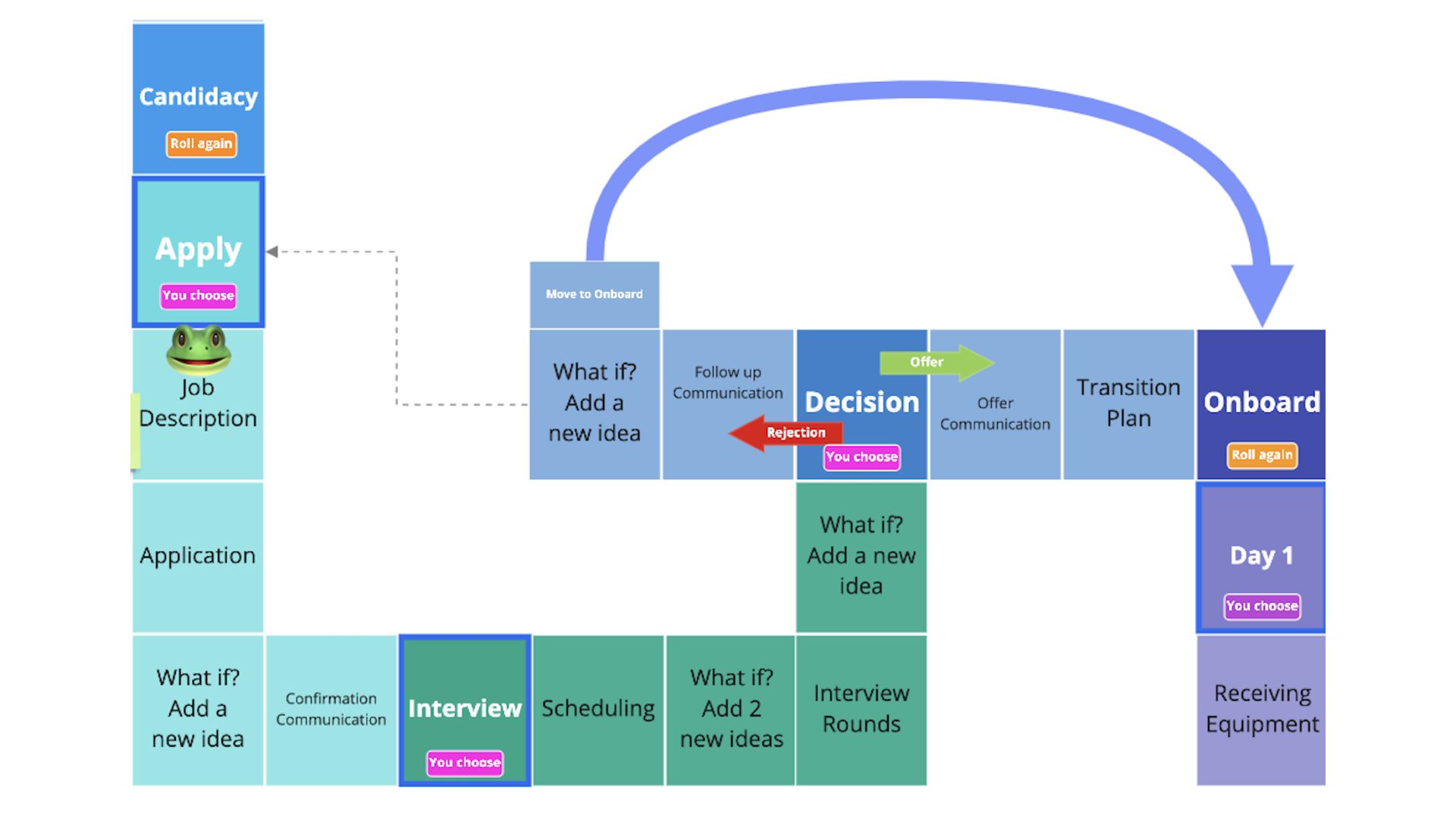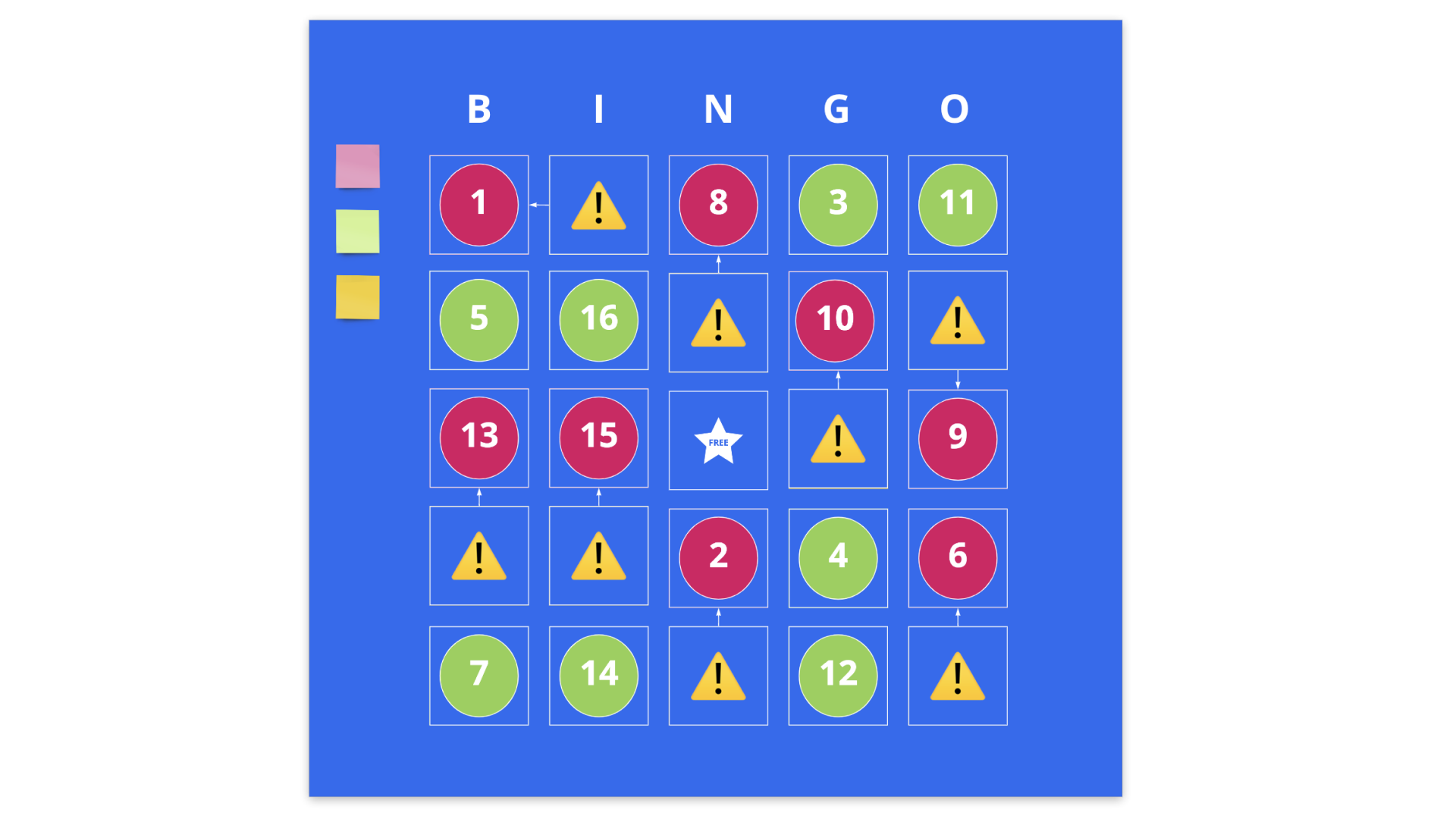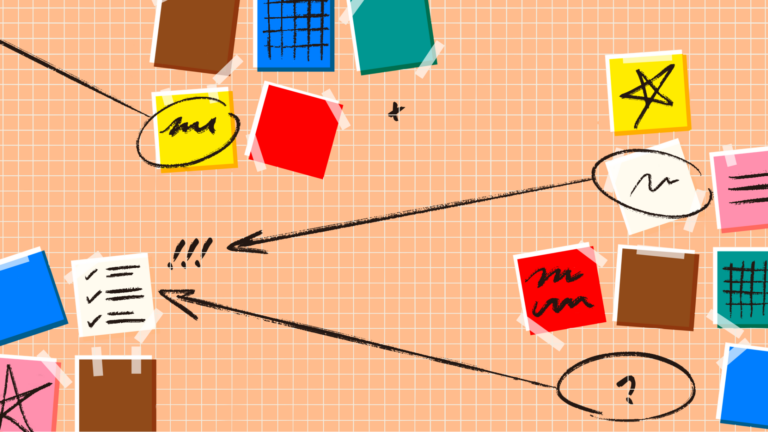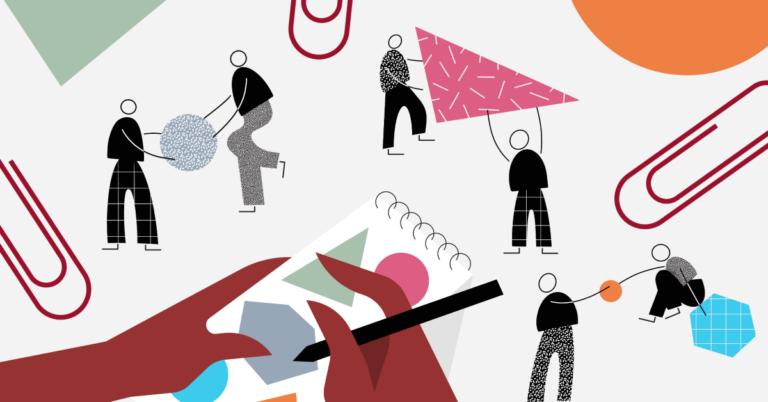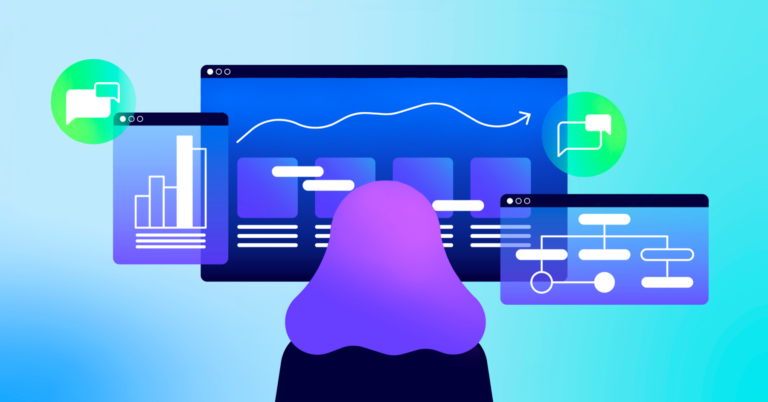Ready, set, go: Play as research
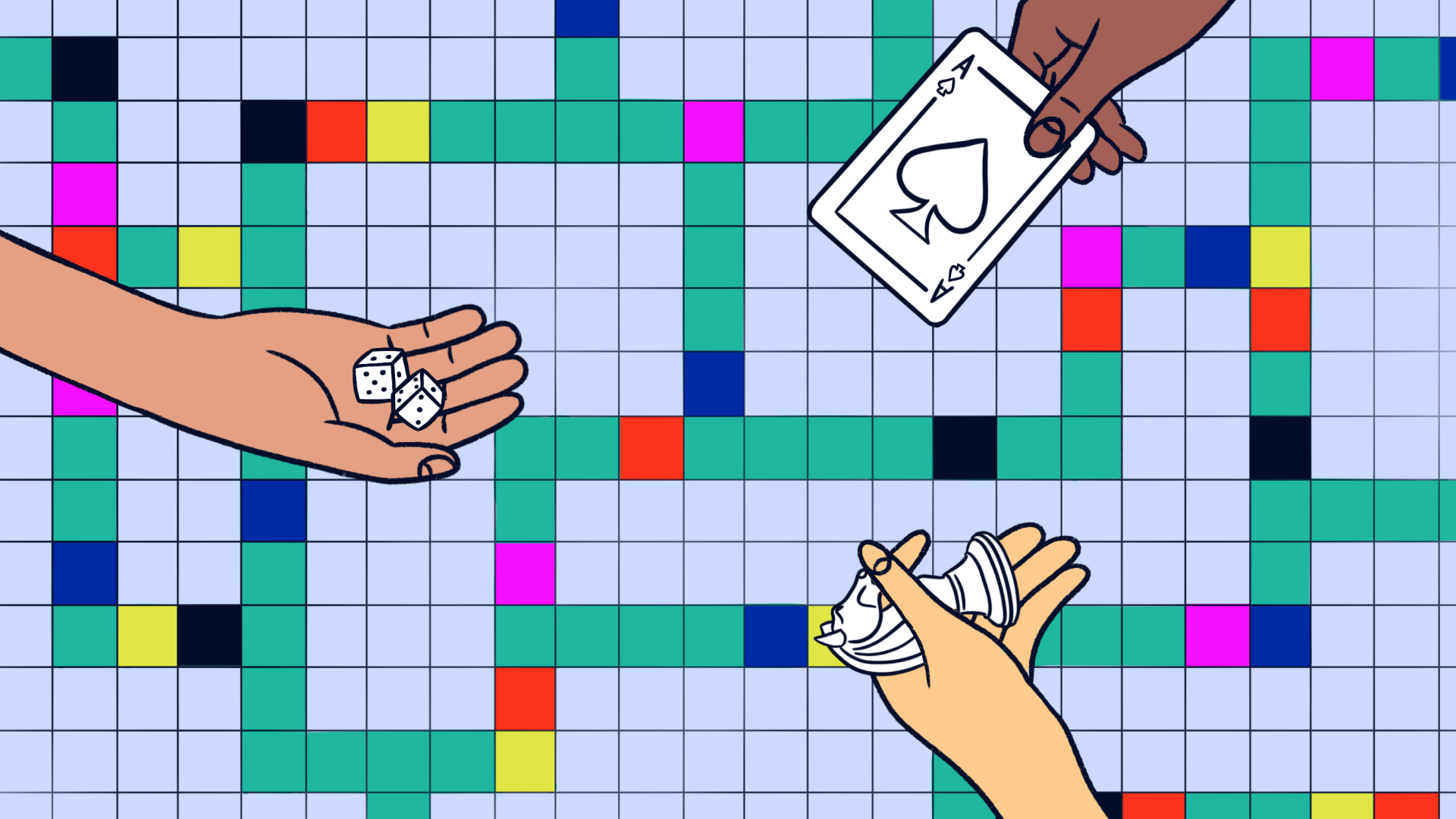
Research is necessary and at the core of our design decisions here at Think Company, but research can feel uninspired with the same methods of interviews, focus groups, and surveys being utilized over and over again. This can be especially true amongst clients that conduct internal research with their employees. To break up the monotony, we like to try new methods for innovation.
Play as Research is a co-creation and game development method that allows participants to interact and provide feedback in a creative (dare I say fun?) way. But should we be “playing” when we’re looking to gather valuable feedback about a product or service’s performance? Here at Think Company, we say “why not?” Mixing it up and facilitating creative outlets for research participants can provide the same valuable data that an interview might—potentially even more! When using Play as Research participants are engaged in a stimulating interactive activity versus a simple question and answer session.
But what exactly is Play as Research? In this blog post, we’ll define Play as Research, discuss our team’s usage of Play as Research, and share important considerations for implementation.
What is Play as Research?
Play as Research is a qualitative research method that enables learning through an iterative process of design, play, analyze, and repeat. Play as Research takes gamification a step further to create or use an actual game to collect data and insights instead of simply incorporating gaming elements into the research process.
When using this method, researchers must consider the three main elements of the game development:
- Mechanics: The rules of the game or activity
- Dynamics: How the game play will work
- Aesthetics: The emotional engagement of the participant
While taking these elements into account, we must ultimately address the research goal—to gather data through observation or moderation.
This may seem a bit overwhelming to execute, but the main objective is to engage the participants and collect information.
Why we used Play as Research
The client we were working with already completed multiple rounds of research with a group of participants that we were now attempting to engage. With that knowledge, we wanted to find new ways to engage them for 3 rounds of workshops to ensure we were maximizing their participation. Play as Research was a great option for us. The games and purpose of each workshop could change and lessen the repetitiveness.
Getting started with Play as Research
Whether it’s your first time utilizing Play as Research, or you’re well seasoned in the practice, you’re going to run into challenges along the way. Make sure you’re asking the right questions, testing the game before implementing it with participants, and reflecting on the building process as you go. Below are some steps we took when gamifying research, challenges we encountered, and ways we overcame those challenges while building our research games.
What’s the goal?
Establishing the purpose of the game is important to determine what kind of game you should be creating. This is a step that should be completed first, but we did it sometime in the middle. Not my shining moment.
I knew we wanted to get our target audience perspective and co-create their ideal experience. I started creating a “card game” that would ask our participants to brainstorm ideas for their ideal experience, and those ideas would make up the tiles on a game board. But what is our priority? Did we want the participants to focus on playing and coming up with ideas? Or was it about building a game board? This game design would put too much pressure on the players to create the game board and not enough emphasis on brainstorming. The goals of the research need to be prioritized to produce useful insights.
Setting up the game
A game has many components to consider: type of game, rules, competition, story, interactions, and more. All these components need to have a purpose and contribute to the research goal without being overly complex. Simplicity is everything when introducing participants to a new method and getting quick buy-in or engagement.
After defining our research goals, I created 3 game boards to build off each other with the intent to design the ideal experience. Think Candyland. I chose this game board design because the format is a path that could easily correlate to a linear journey, and it gave each person a turn. The format could also be considered universally familiar, which allows for low cognitive load to operate in the background as a framework for discussion instead of the main mental exercise. The boards included game pieces, points, and open-ended questions on game tiles. When testing the game internally, it was clear that there were some things that still needed to be worked out.
Key questions to consider:
- How does the player “win”?
- What if the players can’t think of anything?
- How can we get as much information as we need in the allotted time?
- How can we make it interactive when it’s virtual?
Winning isn’t everything
Often gamification is a reward system expressed by points, badges, or some level of achievement to add a competition element for engagement. With Play as Research, gamification in that sense might not always be necessary since participants are already playing a game.
For our game to work, we had to give everyone the common goal of brainstorming as many ideas as possible in 45 minutes. Anything more than that would complicate the game for the moderator and create unnecessary competition against players that were supposed to be working together. So we removed the point system after exhausting multiple options for an achievement system that ultimately didn’t serve our purpose.
Testing, 1, 2, 3
Games are great for giving the sense that every player is equally involved and showing how every player’s participation matters. Allowing everyone to have a voice can be good for diversity in thought, but also tricky to manage with limited time. As a moderator, it is our responsibility to guide the game, facilitate discussion, and ensure that we get as much valuable information as possible. Testing the game internally, with a prototype, is an effective way of ironing out the kinks in facilitation and finding areas of improvement in the overall design.
After multiple rounds of internal testing, we made 4 major changes in the way we set the stage, the rules, and the board design.
- We set the stage by likening our game to a similar popular game, explaining the goal of the game, and introducing the instructions as we play.
- We changed the starting position of players to a staggered start to get more ideas at different points throughout the journey.
- We added prompts to the board to help guide the conversation.
- Lastly, we changed the colors for visual dividers between sections.
Be flexible
It is easy to get attached to ideas, the vision of how the game is “supposed” to work, and even the game design itself. But Play as Research inherently encourages change.
As mentioned above, we were doing 3 games in 3 different workshops.
The first one ended up as a variation of the game board we designed, but the other two games completely changed to accommodate our research goals. Initially, I resisted the transition to a new game and didn’t fully understand why we wouldn’t want the games to build off of each other. Eventually, I realized that the new game would eliminate repetitiveness and was a better method of accomplishing our goals of evaluating and prioritizing the ideas for an ideal experience.
The second game was similar to Bingo, but allowed the players to evaluate ideas from the previous workshop; indicating the benefits and costs of each idea depending on which number was “generated.” In the spirit of flexibility, as moderators, we granted ourselves the ability to nudge the game outcome towards the topic we still hadn’t covered.
The third workshop was not a game at all and instead became a prioritization exercise.
The variety in research methods kept each workshop interesting and allowed us to be flexible when things didn’t go as planned.
When it comes to research, don’t be afraid to switch it up!
Have fun with research and don’t be afraid to take a risk by proposing a new method if there is enough time to explore. Research doesn’t have to be boring and can be enjoyable at all stages if you can open your mind to new possibilities.
A special thanks to Sunkwon Bush, Design Lead and project team member, for your reflections and contributions to the development of this post. As well as to Brianna Kelsey and Sayla Tenenbaum for your contributions to implementing and evolving Play as Research for this project.

